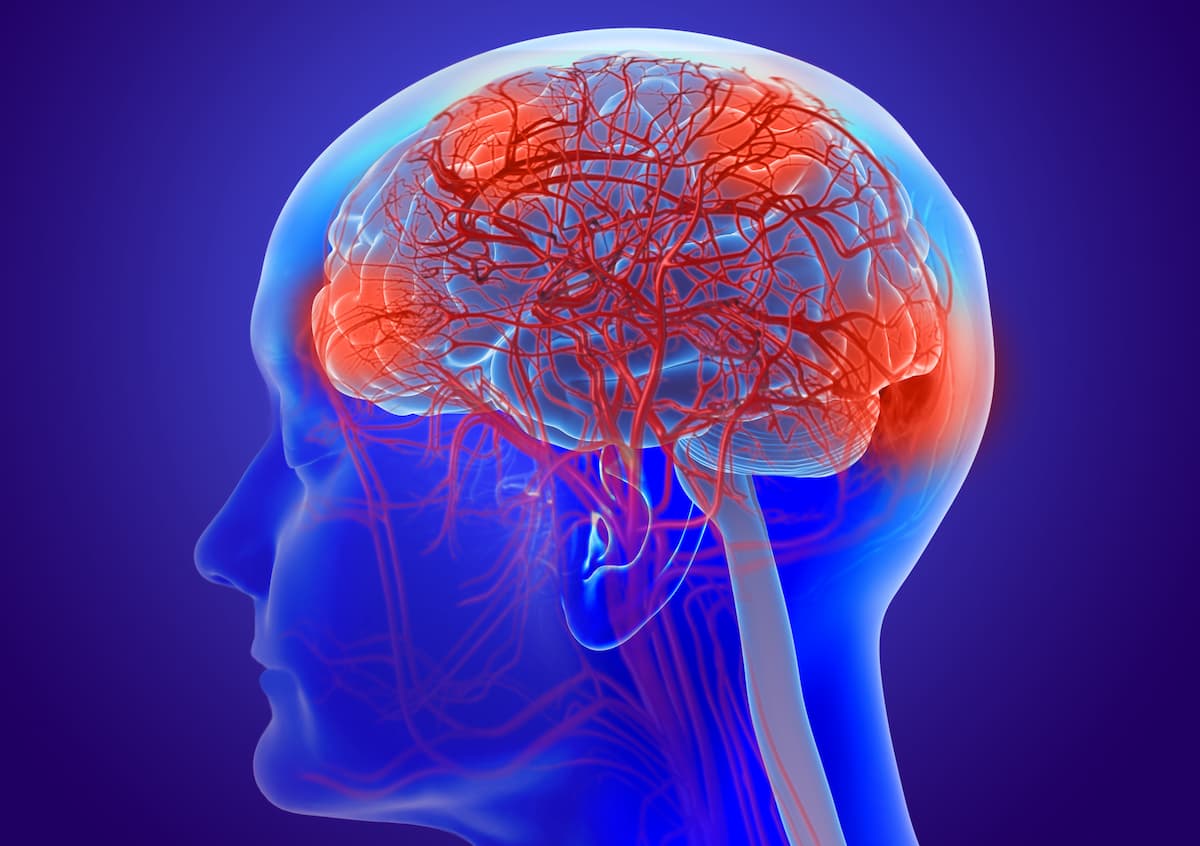Bivalent CAR T-Cell Therapy Shows Tumor Shrinkage in Recurrent Glioblastoma
Findings highlighted tumor reductions in patients with recurrent glioblastoma who received CART-EGFR-IL13Rα2 cells at 2 dose levels.
“Our results suggest that this is a step in the right direction, and this method, when delivered through a patient’s spinal fluid, could be the key to developing therapies that outsmart the complicated defense systems of [glioblastoma]," according to Stephen Bagley, MD, MSCE.

Treatment with CART-EGFR-IL13Rα2 cells yielded tumor size reductions in all patients and demonstrated preliminary safety and bioactivity across a small cohort of those with recurrent glioblastoma, according to findings from a first-in-human phase 1 trial (NCT05168423) published in Nature Medicine.1
Investigators reported shrinkage in the enhancing tumors of all 6 patients at 24 to 48 hours following administration of study treatment, which included partial tumor regression sustained at more than 28 days after treatment in a subset of patients. However, no patients met the criteria for an objective response.
In one patient who received treatment at 1 x 107 cells (dose level 1), there was marked reduction of a large enhancing tumor nodule in the left parieto-occipital region, which remained stable but showed increased enhancement near the original left occipital operative cavity within the prior radiation field at more than 28 days following administration. Another patient who received the same dose had a large enhancing tumor mass in the right mesial temporal lobe reduce in size following treatment.
Investigators highlighted reduction of multiple foci of enhancement around the margins of the previous resection cavity, corpus collosum, left postcentral gyrus, and in enhancing periventricular nodules in one patient who received treatment at 2.5 x 107 cells (dose level 2). Additionally, there was early evidence of bioactivity in another patient who received this dose.
All 6 patients had early and moderate or severe neurotoxicity consistent with prior reports of immune effector cell-associated neurotoxicity syndrome (ICANS) and tumor inflammation-associated neurotoxicity (TIAN). Investigators reported grade 1 cytokine release syndrome (CRS) in all patients who received dose level 1. Additionally, grade 1 and 2 CRS affected 1 and 2 patients, respectively, in the dose level 2 group. There was one patient in the dose level 2 group who experienced grade 3 anorexia, generalized muscle weakness, and fatigue, which investigators classified as a dose-limiting toxicity.
“This is the first time CAR T-cell therapy with 2 targets, rather than just 1, has been administered to patients with glioblastoma,” lead study author Stephen Bagley, MD, MSCE, an assistant professor of hematology-oncology and neurosurgery at Penn Medicine, stated in a press release on these findings.2 “Our results suggest that this is a step in the right direction, and this method, when delivered through a patient’s spinal fluid, could be the key to developing therapies that outsmart the complicated defense systems of [glioblastoma].”
In this ongoing, single-center, open-label study, patients will be assigned to receive treatment with CART-EGFR-IL13Rα2 at 1 x 107 cells, 2.5 x 107 cells, or 5 x 107. In this non-prespecified interim analysis, investigators highlighted preliminary findings related to the first 6 patients who received treatment at dose level 1 (n = 3) or dose level 2 (n = 3).
The study’s primary end points include dose-limiting toxicities, the maximum-tolerated dose, adverse effects (AEs), and serious AEs. Secondary end points include progression-free survival, objective response rate, duration of response, and overall survival.
Patients 18 years and older with IDH wild-type glioblastoma and tumor tissue positive for wild-type EGFR amplification are eligible for enrollment on the trial. Additional eligibility criteria include having adequate organ function and a Karnofsky performance status of 60% or higher.
“We are energized by these results, and are eager to continue our trial, which will give us a better understanding of how this dual-target CAR T-cell therapy affects a wider range of individuals with recurrent [glioblastoma],” trial advisor Donald M. O’Rourke, MD, the John Templeton Jr., MD Professor of Neurosurgery and director of the Glioblastoma Translational Center of Excellence at the Abramson Cancer Center, stated in the press release.2
References
- Bagley SJ, Logun M, Fraietta JA, et al. Intrathecal bivalent CAR T cells targeting EGFR and IL13Rα2 in recurrent glioblastoma: phase 1 trial interim results. Nat Med. Published online March 13, 2024. doi:10.1038/s41591-024-02893-z
- “Dual-target” cell therapy appears to shrink brain tumors, Penn Medicine research finds. News release. Penn Medicine News. March 13, 2024. Accessed March 13, 2024.